
- Red Algal Parasite, Asterocolax gardneri
- Where: Duxbury Reef, Bolinas California
- When: November 2020, King Tide
- iNaturalist observations:, best photos , second best
Like many other iNaturalist observations we would never have figured out what the heck it was, or have had to invest hours of scrolling and come to many dead ends in order to make an identification. But that is the beauty of the iNat community, the experts come in and save the day! Once again marine scientist Jeff Goddard provided the identification! Yahoo! If you read my Candelabrum post, he is quoted there too.
So what is this curious little succulent yellow-ish fluff ball? If I said it was a parasite, would you believe me?
Well. . . surprise, it is! A red algae that parasitizes another species of red algae.
Both trips to Duxbury reef resulted in observing this succulent little fluffy-esc parasite. Perhaps it’s something to do with the location? Or time of year? Or seeing it once lead to noticing it for a second time? I’m not sure! But I felt a little better after reading the abstract by Preuss et al.’s 2017 paper titled “Red algal parasites: a synopsis described species, their hosts, distinguishing characters and areas for continued research.” In the second sentence they point out that red algal parasites are small and exist at low densities. Phewf!
- The facts:
- The parasite: the yellow spikey ball, Asterocolax gardneri, which is a red algae.
- The host: the red elongated seaweed, Polyneura latissima, which is a red algae.
- Both A. gardneri and P. latissima are in the Family Delesseriaceae (marine red algae).
But you might be thinking, Chloe give me a reminder what the a parasite actually is please!
Encyclopedia Britannica defines parasitism as a “ relationship between two species of plants or animals in which one benefits at the expense of the other, sometimes without killing the host organism.”
In other words, the host is negatively affected in a variety of possibilities, while the parasite benefits for either a short time period before moving onto another host, or remaining attached to one host for its entirety. The key is that the relationship is positive for the parasite, negative for the host. Parasitism is pretty awesome; it manifests in many varieties of relationships and life cycles. Parasitology was definitely one of my most favorite courses at SFU.
So let’s talk evolution of this parasite.
Goff et al. in 1997 analyzed the origin of this algal parasite. They wondered if the parasite evolved directly from its host, or the parasite evolved on a different host. The terms associated with this phenomena is adelphoparasites. In other words, did the the evolution occurred monophyletically, or polpyletically? Do these terms sound semi- familiar from high school biology?
Here’s a little refresh:
Monophyletic: a group of organisms that evolved/descended from a common ancestor. In other words, did the parasite evolve on one host, then move to other closely related hosts? See the green circle below.
Polyphyletic: a group of organisms that evolved/descended from more than one common ancestor. In other words, did the parasite evolve independent from its current host? See the red circle below.
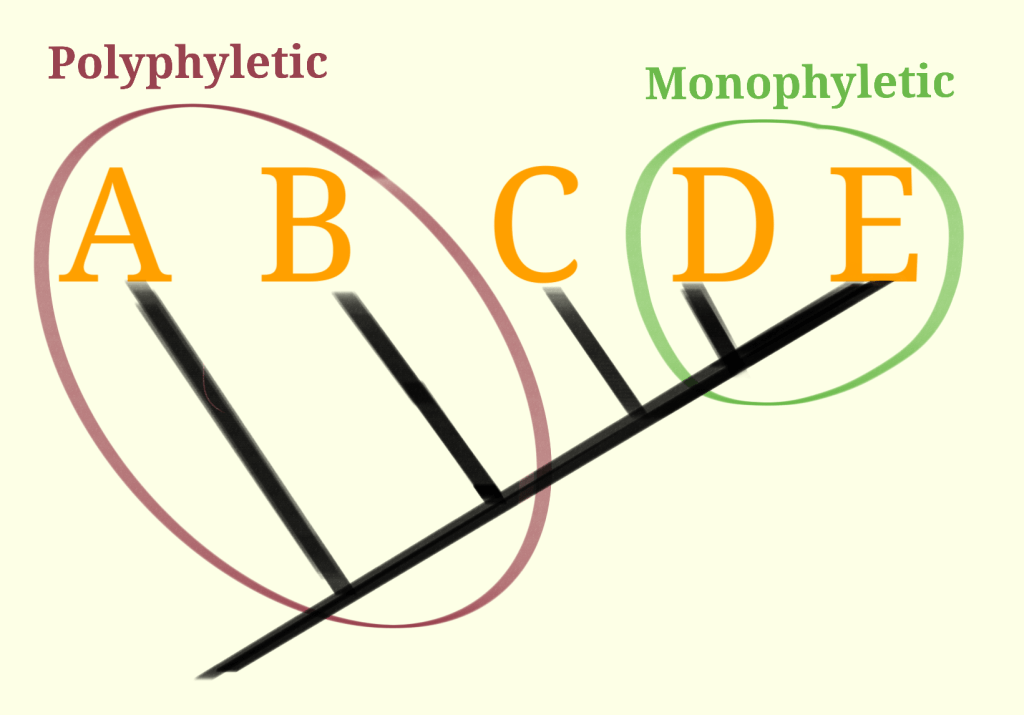
The researchers determined through a series of fancy shamacy genetic analysis that the Genus Asteroxolax evolved polyphyletically. Our specific Asteroxolax, species gardneri had two potential host origins, but also may have evolved directly from Polyneura latissima, the current host. Confusing. Both potential evolutionary hosts are red algae in the Phylum Rhodophyta, one option is Phycodrys setchelii, or Phycodrys isabelliae. Potentially, undefined subspecies or different forms of the parasite that are not formally recognized could be the forms that evolved from the other two red algal species other than P. latissima. This is a great example of speciation, the process of red algal parasites jumping to other red algae potentially resulting in new species, or clusters of related species. Neat! Neat! Neat!
Much is to be learned about red algal parasites, and yet again Preuss et al. confirmed what I thought. Literature on red algal parasites is limited, with much to be learned about how the parasite interacts at the cellular level with the red algal host. Just another deep dive into a creature that left me wanting more information.
- Resources:
- Parasite definition: https://www.britannica.com/science/parasitism
- Goff, Lynda J., et al. “The Evolution of Parasites from Their Hosts: A Case Study in the Parasitic Red Algae.” Evolution, vol. 51, no. 4, 1997, pp. 1068–1078. JSTOR, www.jstor.org/stable/2411036. Accessed 24 Nov. 2020.
- Preuss, Maren, Wendy A. Nelson, and Giuseppe C. Zuccarello. ” Red algal parasites: a synopsis of described species, their hosts, distinguishing characters and areas for continued research”. Botanica Marina 60.1 (2017): 13-25. https://doi.org/10.1515/bot-2016-0044 Web.
- iNaturalist About Sections/Wikipedia


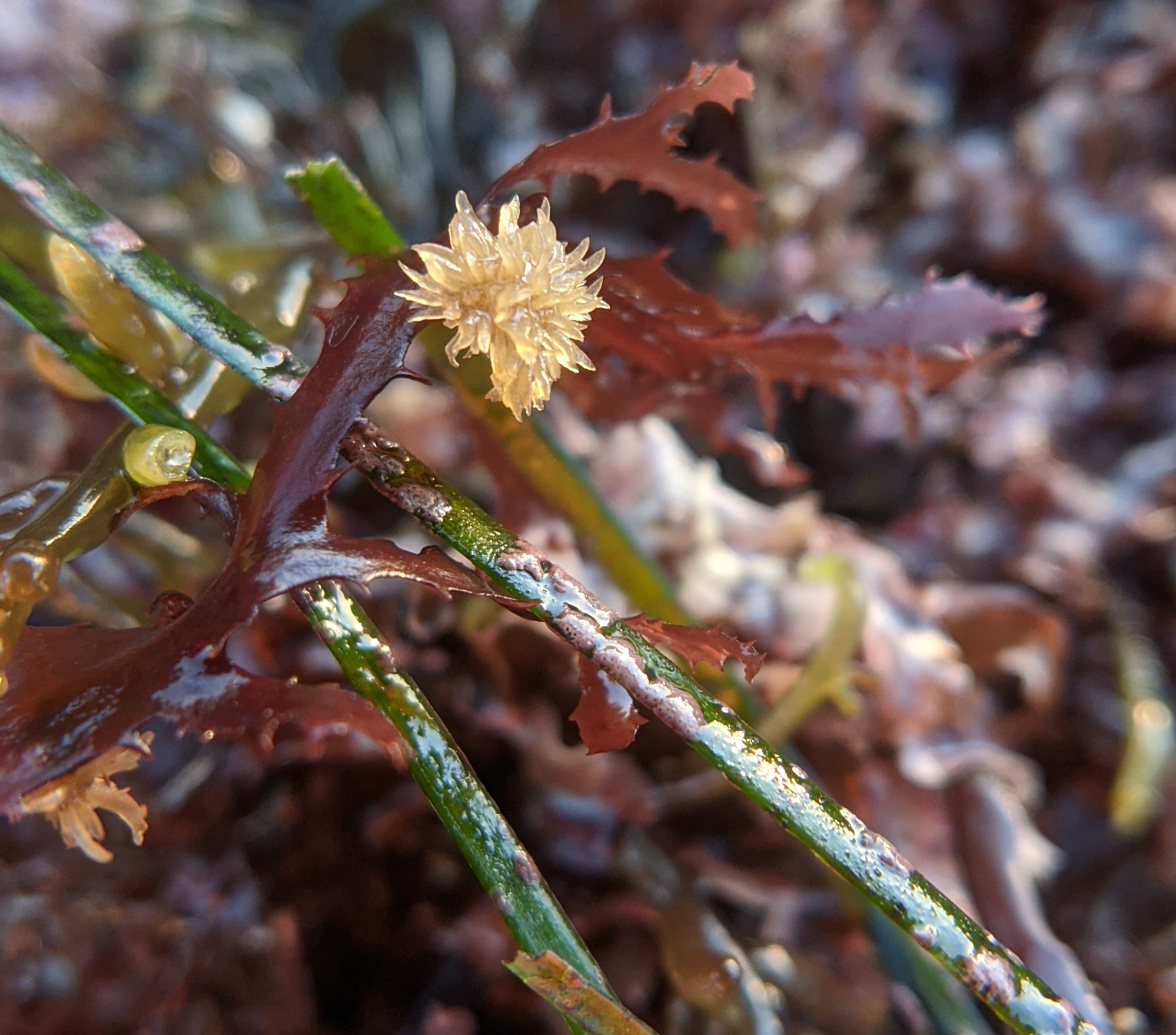
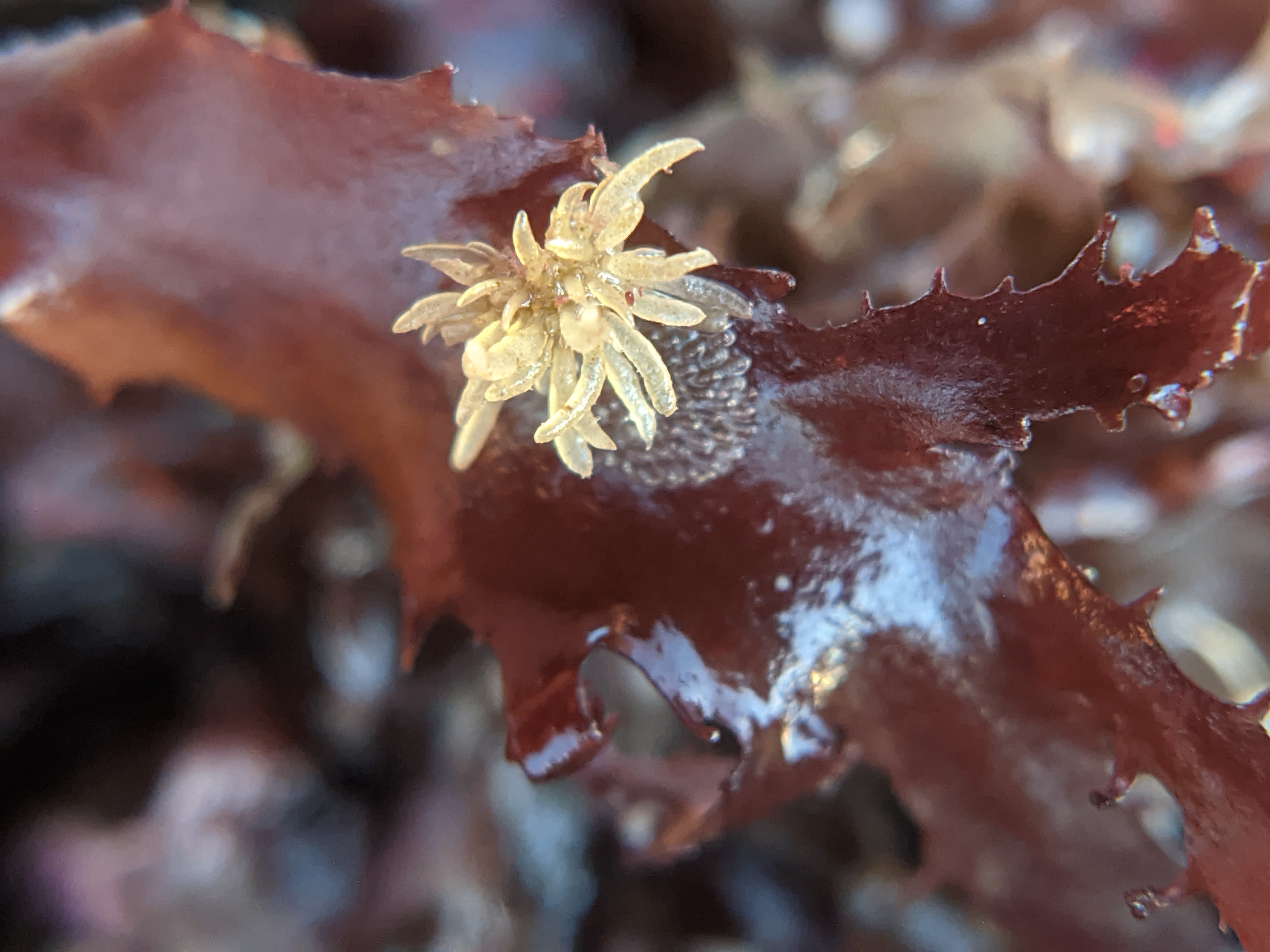



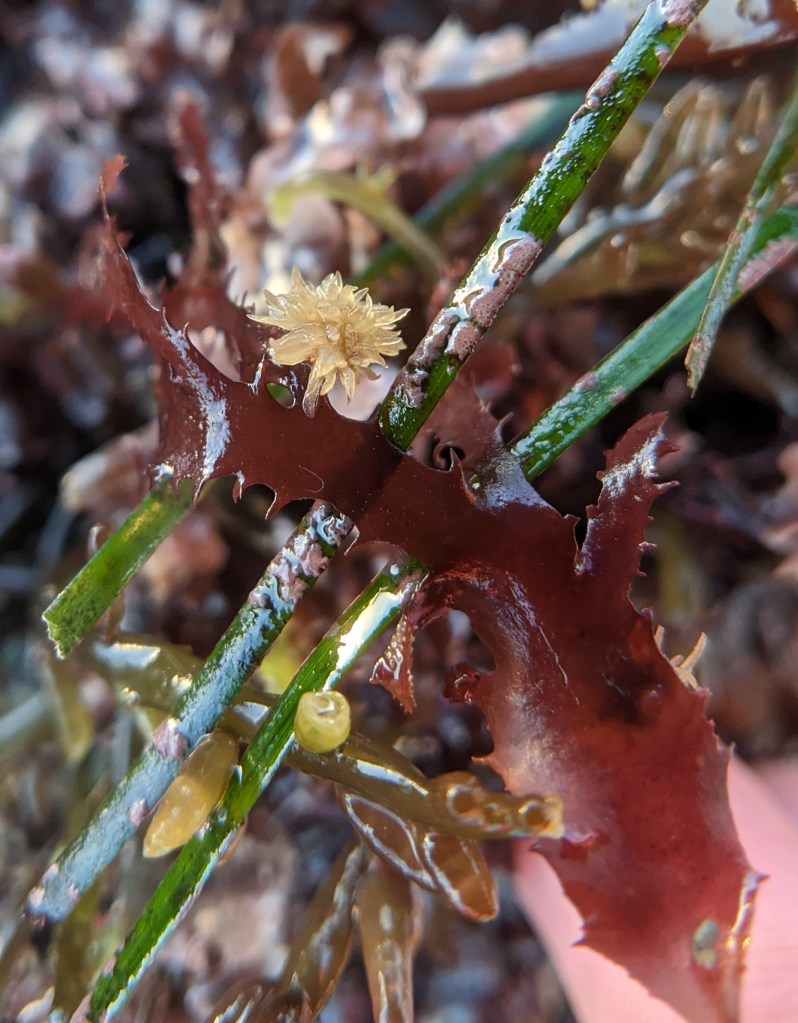

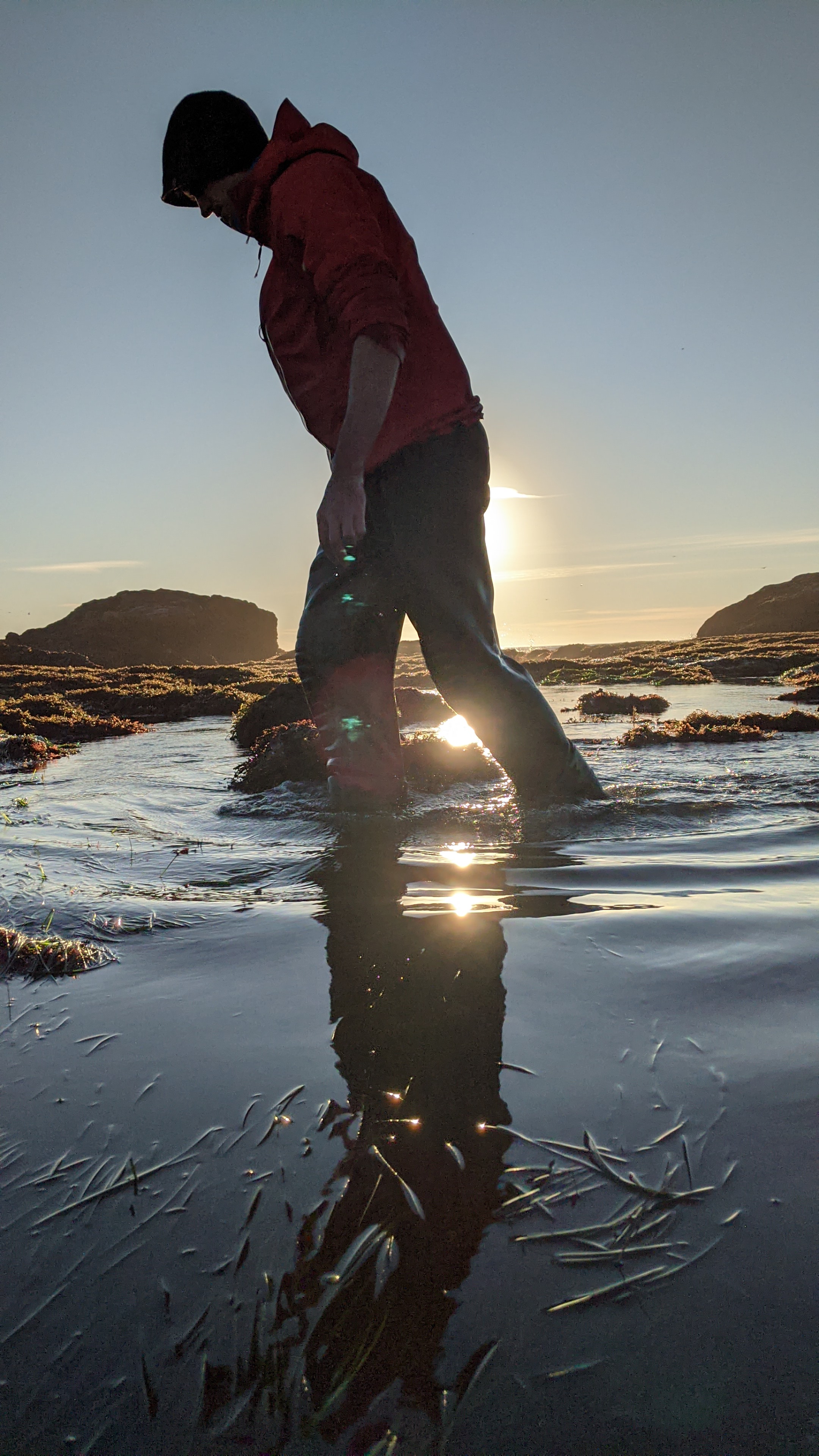


Chloe ,you do such a great job explaining your tide pool discoveries. Your blogs are fun and easy to understand. The Yellow fluff ball is pretty and I hope it does not hurt it’s host too much.
LikeLike